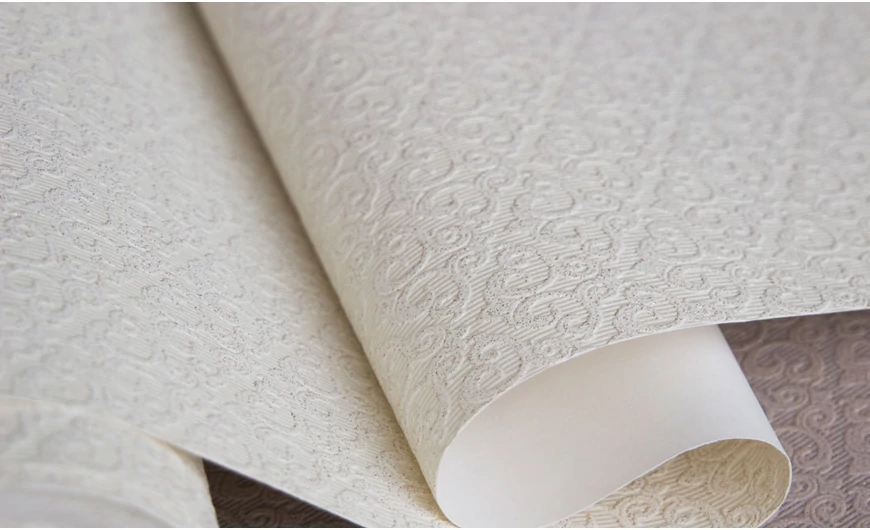The former paper mills were gradually replaced by paper factories, which were already able to produce paper on an industrial scale. Added to this was the fact that the printing industry also underwent significant development, so that paper-based wallpapers finally became affordable for the simple middle class.
The most defining periods in the art history of this period are romanticism (Biedermeier) and art nouveau, whose stylistic features also appeared on the wallpapers. Romanticism was characterized by wallpapers decorated with smaller motifs and an emphasis on the closeness of nature. At that time, the first wallpapers depicting landscapes also appeared, which exemplify the Romantic yearning for nature. The "wallpaper fashion" of the beginning of the 20th century was mostly influenced by Art Nouveau. The patterns appearing on the wallpapers are highly stylized, which are often simple, geometric shapes. There are almost no right angles in these geometric designs, as Art Nouveau is mainly based on curved shapes. The colors are bright, but they harmonize perfectly with each other. However, Art Nouveau did not have much time left to leave its mark on the appearance of wallpapers, as from the 20s and 30s wallpapers were increasingly relegated to the background.
The renewed popularity of wallpapers was welcomed in the 1950s. Thanks to strong urbanization, people in many places were forced to live in apartments and rooms with small floor areas, which could be made much more pleasant with a colorful wallpaper. Abstract shapes often appeared on the wallpapers, which were repeated symmetrically, and in the case of colors, mainly pastel shades dominated. From the 60s onwards, the colors of the wallpapers become more and more vivid and, at the same time, darker. The contrast remains, however, and light motifs are always placed on dark-based wallpapers.
The 70s can be called the golden age of plastic-coated wallpaper. Wallpapers with velor, metallic or even cork surfaces are becoming more and more popular. From this decade, many people remember the photo-wallpapers depicting palm-lined beaches, autumn forests, or tropical rainforests covered in flowers, which completely cover one wall of the room. Such poster wallpapers are still very popular today, only the themes of the pictures have changed significantly.
In the 80s, colors and patterns were relegated to the background and wallpapers with a textured surface came to the fore. In the 1980s and 1990s, the colors of these wall coverings were once again dominated by pastel and light shades. This trend changed at the turn of the millennium, when patterned, colorful and, in many cases, dark-toned wallpapers came back into fashion under the influence of retro.
Although retro as a style trend in interior design can by no means be said to have disappeared, recent years have clearly been about baroque style wallpapers. Strong, often textured tendrils and floral patterns, bright, often dark colors and aristocratic elegance. They have clearly dominated the wallpaper fashion of recent years.

